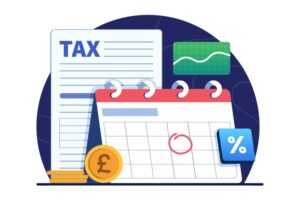Many employees simply look at the money coming into the bank – without ever looking at their payslips!
An important figure on the payslip is the gross pay – is the amount being paid at the agreed rate? Another very important figure though is the PAYE tax code, which determines the amount of tax being deducted.
In many cases that code will be 1257L for 2022/23 – which is probably correct (but even if it is that number, it does not necessarily mean that it is!)
Under the PAYE ‘Real-Time Information’ scheme, when information is submitted, or indeed HMRC obtain information from other sources, ‘Dynamic coding’ is used to issue a new code. HMRC do assume that circumstances will continue unless they are notified otherwise – and in many cases, self-assessment tax returns are not required, so HMRC will not be notified. Even if they do receive self-assessment returns, action is not always taken to adjust the coding!
Recent errors in coding that have come to light, resulting in too much tax being paid: –
• Rental income having ceased (and correctly disclosed on the return), but still included in the coding as being received two years later.
• Interest being included in a tax code despite the amounts being covered by the personal savings allowance.
• Dividends being included, despite them being covered by the £2000 dividend allowance
• It can work the other way too and not enough tax is paid, leading to underpayments!
Your employer cannot assist with any queries as all they receive is a figure to use. You should receive a detailed calculation of the code from HMRC, and you should also be able to see it in your personal tax account.
We can help if you have any queries or concerns, but we would need that detailed notice.










